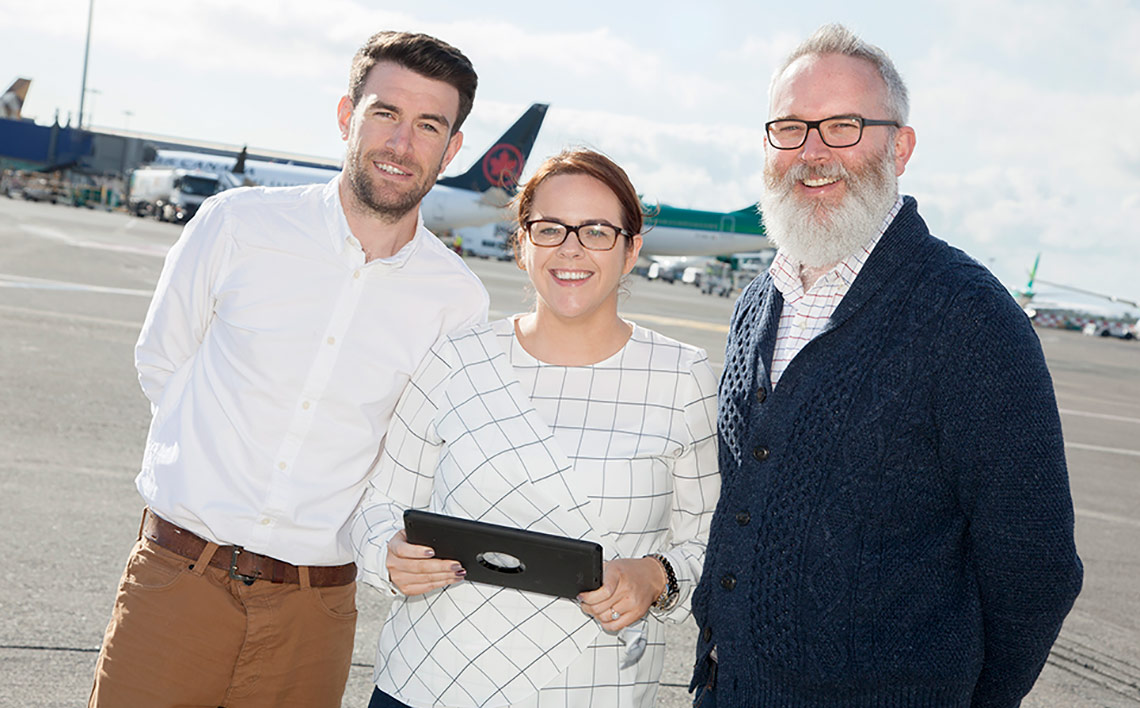
Dublin Airport has created an airport geographic information systems app to track its assets in real time.
The app was designed using geographic information systems (GIS) technology from software partner Esri Ireland customised to track and monitor the large number of assets across Dublin Airport’s business. The range of airport assets include lifts, escalators, car park, security and baggage systems, boarding gates, runways and taxiways.
The system enables departments to gather information on the airport’s critical assets, providing a quick, accurate and more efficient way of responding to issues.
“Dublin Airport has more than 30,000 assets across the airport’s campus, so we needed a way to identify them quickly if a problem occurs,” said Dublin Airport Spatial Data Manager, Morgan Crumlish. “This new system gives us a better understanding of how our passengers are interacting with our facilities and assets and pinpoints exact locations where issues need to be addressed so we can respond immediately,” he added.
Real-time checking of pavement assets, runways, taxiways and stands is a huge benefit for Dublin Airport in monitoring how critical assets are performing. Observations can be recorded on the app on site making it easier to schedule and track works through to completion.
The app also highlights trends emerging on airport assets and supports better reporting and analysis. “An important feature of the app is that it demonstrates our compliance with the European Aviation Safety Agency (EASA) aerodrome licencing regulations and the asset management ISO Standard 55001,” Crumlish said.
Dublin Airport was the first airport in the world to achieve, and to be recertified, against the ISO Standard 55001. The standard is an international system of asset management based on driving whole lifecycle cost and best value from assets which in turn delivers benefits to all airport users including airlines, passengers and other stakeholders. Certain protocols and standards need to be met to achieve certification and the provision of immediate, up-to-date data will help Dublin Airport gather evidence of continued compliance.
The app is already being used by teams in Asset Care and Airfield Operations and it will soon be available to Dublin Airport Fire and Rescue Service, the Operations Airside Management Unit, Commercial Property and Quality Improvement departments.
Last year Dublin Airport welcomed 31.5 million passengers, which was a 6% increase on the previous 12 months. Passenger numbers are up 9% in the first two months of this year, as more than 4 million passengers have used the airport in January and February.
Dublin Airport has flights to almost 200 destinations in 43 countries, operated by 53 airlines and is the 11th busiest airport in the European Union. It one of Ireland’s key economic assets, as it generates or facilitates 117,300 jobs and €8.3 billion worth of economic activity.
